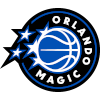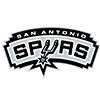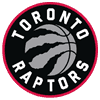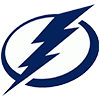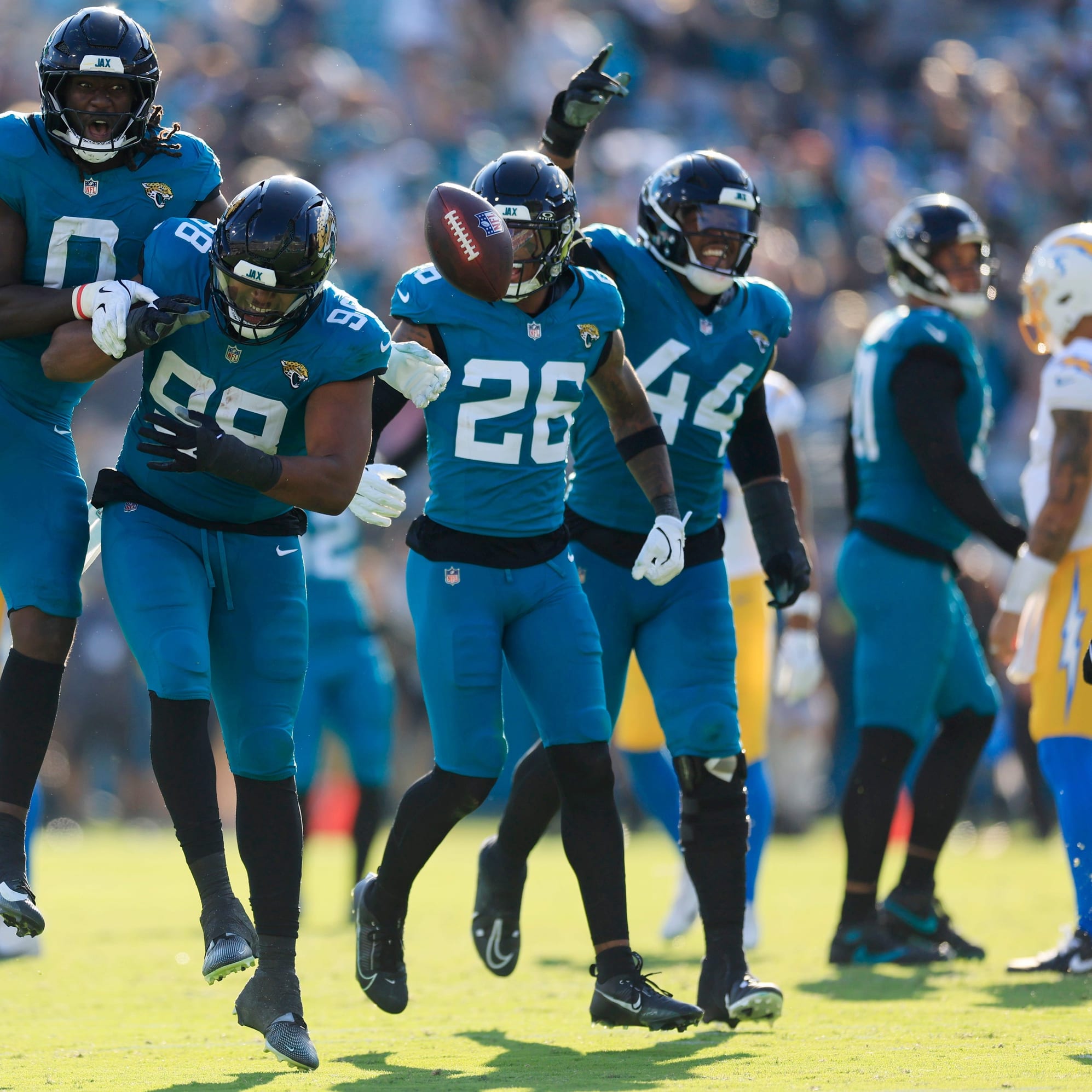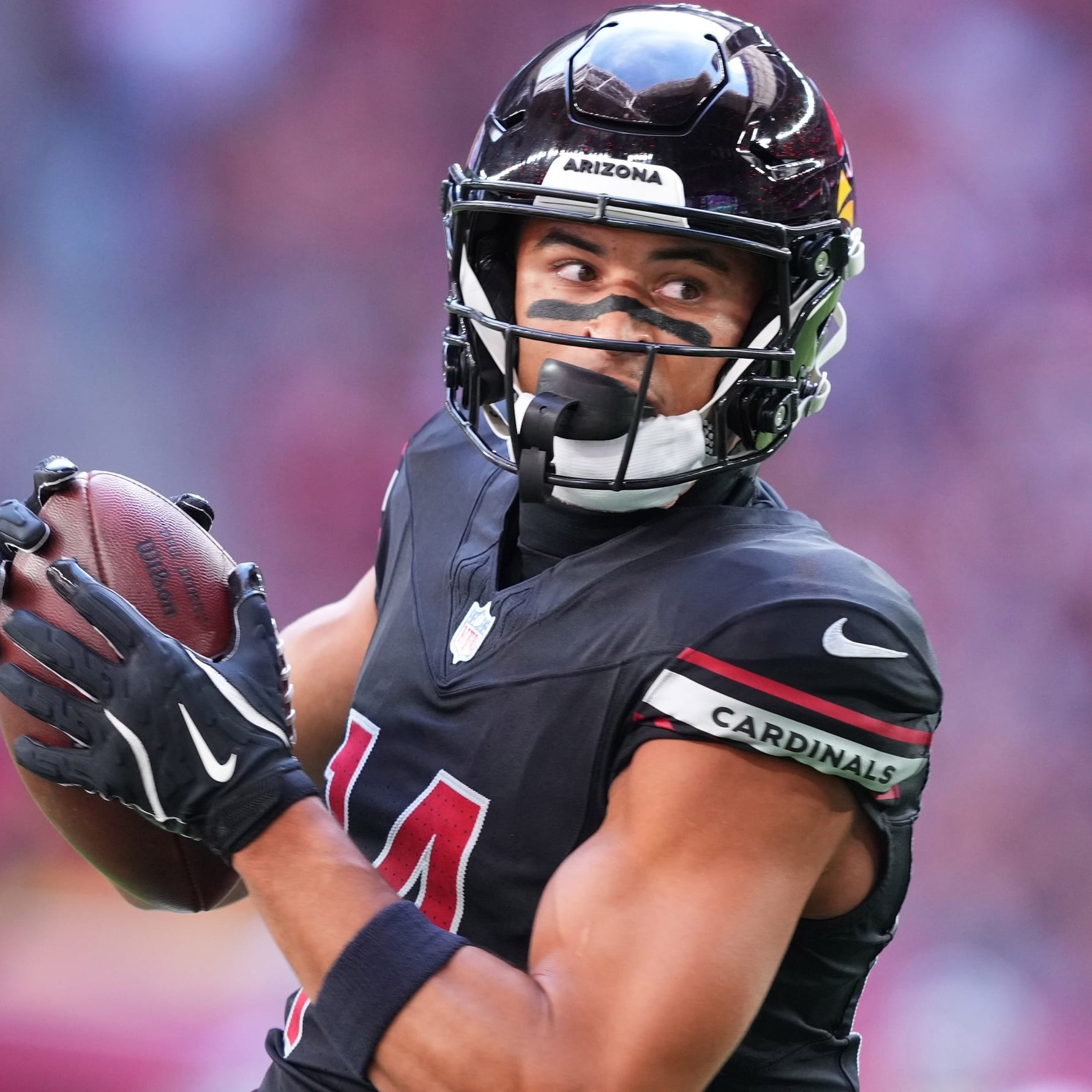For this week's version of the Underdog Battle Royale article we are going to try out a different format. I spent some time trying to build a contest sim. The sim is fairly simplistic, it takes into account ADP to build some simple rules around which players can be paired together and then uses the RotoWire Range of Outcomes projections to simulate player outcomes. For each "slate" it uses the ADP rules as well as the roster construction limitations to build the perfect team for that slate.
With this we can get an overall breakdown of how we should be building this slate. This will highlight a few specific plays but the players themselves matter a little less in this type of analysis. Small differences in projection can cause a particular player to standout versus another but the idea of late round RB being the way to attack this slate is much more important when trying to build our rosters. So let's dive in to the slate and see what it is telling us.
For all of these data points the sims and ADP is run as of Friday morning.
Roster Structure
RBs | WRs | TEs | Percentage |
|---|---|---|---|
2 | 2 | 1 | 88.91% |
1 | 3 | 1 | 10.66% |
1 | 2 | 2 | 0.43% |
The first decision that needs to be made when drafting an Underdog team what you are going to do with the flex spot. Within the 10,000 sims that were run 90 percent of the time the best possible team had a RB
For this week's version of the Underdog Battle Royale article we are going to try out a different format. I spent some time trying to build a contest sim. The sim is fairly simplistic, it takes into account ADP to build some simple rules around which players can be paired together and then uses the RotoWire Range of Outcomes projections to simulate player outcomes. For each "slate" it uses the ADP rules as well as the roster construction limitations to build the perfect team for that slate.
With this we can get an overall breakdown of how we should be building this slate. This will highlight a few specific plays but the players themselves matter a little less in this type of analysis. Small differences in projection can cause a particular player to standout versus another but the idea of late round RB being the way to attack this slate is much more important when trying to build our rosters. So let's dive in to the slate and see what it is telling us.
For all of these data points the sims and ADP is run as of Friday morning.
Roster Structure
RBs | WRs | TEs | Percentage |
|---|---|---|---|
2 | 2 | 1 | 88.91% |
1 | 3 | 1 | 10.66% |
1 | 2 | 2 | 0.43% |
The first decision that needs to be made when drafting an Underdog team what you are going to do with the flex spot. Within the 10,000 sims that were run 90 percent of the time the best possible team had a RB in the flex. This does not shock me at all, as we have fairly consistently seen that RB in the flex is the ideal way to play these games. Just under half a percent of the time TE in the flex is ideal, which essentially means on this slate we can completely ignore that as a strategy. 10 percent of the time WR is ideal on this particular slate, so with that in mind if you are max entering you want to draft around 15 3WR teams.
What ADPs to Draft
This portion of the analysis is a bit more fluid and under construction. Let's go over some of the simple ADP rules the sim is using to better understand it. To start all players are placed into four ADP buckets based on their ADP number, NOT rank. So even if a player is the sixth player off the board if he is an ADP of 6.1 he goes in bucket two.
- ADP <= 6
- ADP > 6 and <= 10
- ADP > 10 and < 28
- ADP >= 28
By no means are these buckets at all perfect but we need some rules to allow the sim to build "reasonable" teams. Per the rules you are allowed at most ONE player in Bucket One, TWO players in Bucket Two, TWO players in Bucket Three, and FOUR Players in Bucket Four. Additionally you may only take TWO players across Bucket One and Two. Again, this is not perfect but it does the job for what we are trying to accomplish. So let's take a look at how the sim actually built teams.
Bucket One | Bucket Two | Bucket Three | Bucket Four | Percentage |
|---|---|---|---|---|
1 | 1 | 2 | 2 | 58.28% |
1 | 0 | 2 | 3 | 19.89% |
1 | 1 | 1 | 3 | 9.48% |
0 | 2 | 2 | 2 | 5.05% |
1 | 0 | 1 | 4 | 2.30% |
0 | 1 | 3 | 3 | 1.83% |
1 | 1 | 0 | 4 | 1.34% |
0 | 2 | 1 | 3 | 0.92% |
0 | 0 | 2 | 4 | 0.56% |
0 | 1 | 1 | 4 | 0.29% |
0 | 2 | 0 | 4 | 0.06% |
So this doesn't really tell us a ton but it does sort of support the fact that top players are drafted there for a reason, and their projections tend to support it. About half of the time the best team comes from drafting fairly straight according to ADP. There isn't a ton else to really meaningful to draw from this table.
QB Analysis
Let's take a look at where the best teams are getting their QBs from. On this particular slate, there are no QBs being taken within Bucket One and Two and four in Bucket Three. The rest all fall in Bucket Four.
Those four QBs in Bucket Three are Josh Allen, Lamar Jackson, Patrick Mahomes, and Justin Herbert. Those four QBs end up on the winning team in 53.78 percent of sims. This may seem like a lot but it essentially means that half of time a "scroll" QB wins the slate. However, outside of those four QBs no one appears in the top lineup more than 7 percent of the time.
So how should we use this information? Well, the main takeaway is that we should not be overweight (16 percent rostered) on any QBs outside of maybe Allen and Jackson. They win 24 percent and 16 percent of sims respectively and everyone else comes in below eight percent. While it is not exactly groundbreaking analysis you should make sure you are flat with your QB exposures especially on this slate.
TE Analysis
Let's move onto the other single position - TE. This sees a lot of the same dynamics as the QB slate however, the sims do not necessarily agree with all of the highly drafted options. Trey McBride is a Bucket Two player and he actually separates and wins just under 38 percent of sims. This makes sense, as we saw with him and with Brock Bowers two weeks ago that separating at TE carries a ton of value and McBride has the greatest chance of really separating among the TE options.
Bucket Three contains George Kittle and Travis Kelce and while Kittle wins 14 percent of the time (right about on expectation), Kelce only wins four percent of sims making him a fairly bad pick at ADP. He just hasn't shown the ability to separate enough to justify that pick. This means that 44 percent of the time, the TE pick comes from an ADP beyond 28. Like QB, there are no players who have a 10 percent sim rate in Bucket Four. Personally, I'll be targeting McBride often and when I am unable to get him on my rosters, I'll be mixing and matching among the late round options.
RB Analysis
RB is where things start to get more interesting. Overall, there are eleven players the sim sees as worth drafting at a greater than baseline expectation rate and four of those eleven are RBs. No shock but this includes Christian McCaffrey, Bijan Robinson, and Josh Jacobs who have Bucket One or Two ADPs. The fourth player is Chargers RB Kimani Vidal who has a 28.5 ADP. Beyond that there are a few players that have win rates above 10 percent. However, the distribution of optimum RB strategies is a bit all over the place. Let's take a look at how where the winning teams are getting their RB scores from.
Bucket | Number | Percentage |
|---|---|---|
ONE | 1 | 41.73% |
TWO | 1 | 28.30% |
THREE | 1 | 44.27% |
THREE | 2 | 3.33% |
FOUR | 1 | 51.65% |
FOUR | 2 | 8.15% |
So what is this chart trying to telling us? The goal here is to show what percentage of winning teams take a given number of RBs within a particular bucket. 41 percent of the time the winning roster drafts a Bucket One RB but eight percent of the time two late RBs is the winning formula. What this tells me is that over half of the time the winning roster contains at least one RB in the late bucket. While the early RBs are much safer bets, on this particular slate, taking two early ADP RBs appears to lose more than it wins. This sim does not even factor in draft percentages which would in theory make this even more aggressive of a split. The issue is this does not tell really highlight which late back to take and instead just tells us we should be taking someone at the position late.
WR Analysis
Lastly, let's take a look at WR and the breakdown there. The sim likes all of the Bucket One WRs with the winning roster taking a Bucket One WR just about half the time. While the projections like Jaxon Smith-Njigba the most followed by Puka Nacua and Ja'Marr Chase, in theory it does not matter a ton which one you decide to take. After that it does like all of the Bucket Three WRs a lot and sees a large percentage of winning rosters attacking that pocket.
Bucket | Number | Percentage |
|---|---|---|
ONE | 1 | 49.56% |
TWO | 1 | 16.87% |
THREE | 1 | 51.27% |
THREE | 2 | 4.90% |
FOUR | 1 | 57.97% |
FOUR | 2 | 12.49% |
FOUR | 3 | 0.07% |
This chart does not look all that dissimilar from the RB one with winning rosters tending to contain a WR with an ADP after 28. This does not shock me on a slate where there is a clear cut early TE option as well as decent bets at QB1 and QB2. The Bucket Three dominance is a function of the way ADP has fallen with only Drake London currently in that group. Any of the bucket Two/Three WRs appear to be strong plays. Projections like the chances of Zay Flowers, DK Metcalf, and Tetairoa McMillan to be the late guys you need but beyond that there are tons of guys who appear in between 3-10 percent of winning rosters. Find your favorite and mix and match among them but don't find yourself heavily investing in any one late player as there aren't any clear cut values that really separate late.







